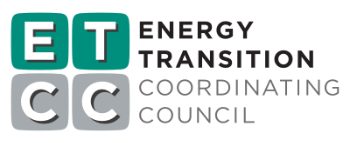Project Info
ACTIVE
Project Title
Datacenter Liquid Cooling Case Study
Project Number ET25SWE0046 Organization SWE (Statewide Electric ETP) End-use Process Loads Sector Industrial Project Year(s) 2025 - 2027Description
This proposed project aims to address the increasing demand for datacenters driven by the rise of Artificial Intelligence (“AI”), machine learning, and cloud computing. In California, Pacific Gas and Electric Company (“PG&E”) estimates an additional three and a half (3.5) giga-watts (“GW”) of datacenter capacity within the next five years. Currently, traditional datacenters rely heavily on air cooling, primarily using computer room air conditioning (“CRAC”) units. Approximately thirty-three to forty percent (33-40%) of the electrical energy consumed by these datacenters is dedicated to cooling, presenting a significant opportunity to reduce overall energy consumption by twenty (20%) through targeted liquid cooling strategies for computer chips. Various liquid cooling technologies, such as single and two-phase immersion cooling, single and two-phase direct liquid cooling, and hybrid strategies that include liquid and air cooling are currently available on the market. The performance metrics reported in accredited reports and studies on different server liquid cooling solutions will be gathered and evaluated to determine the most promising cooling technologies for energy efficiency programs and to understand the barriers to their adoption. The results will be shared with the University of California, Davis (“UC Davis”) High Performance Computing Core Facility (“HPC-CF”), the (“Case Study Partner”). UC Davis Western Cooling Efficiency Center (“WCEC”) in conjunction with the Case Study Partner (collectively, the “Project Team”) will perform cooling load calculations based on each solution for the HPC-CF, outlining the benefits of integrating liquid cooling, along with the necessary retrofit requirements for successful implementation. A scalability analysis will also be conducted, considering key metrics such as Power Usage Effectiveness (“PUE”), Total Energy Usage (“TUE”), IT Energy Usage (“ITUE”), and other relevant factors (https://knowledge.sdialliance.org/data-center-metrics#903dbdc8aae84211aa42aa33c625ab7e) to measure the potential for widespread adoption of these cooling technologies in California.
